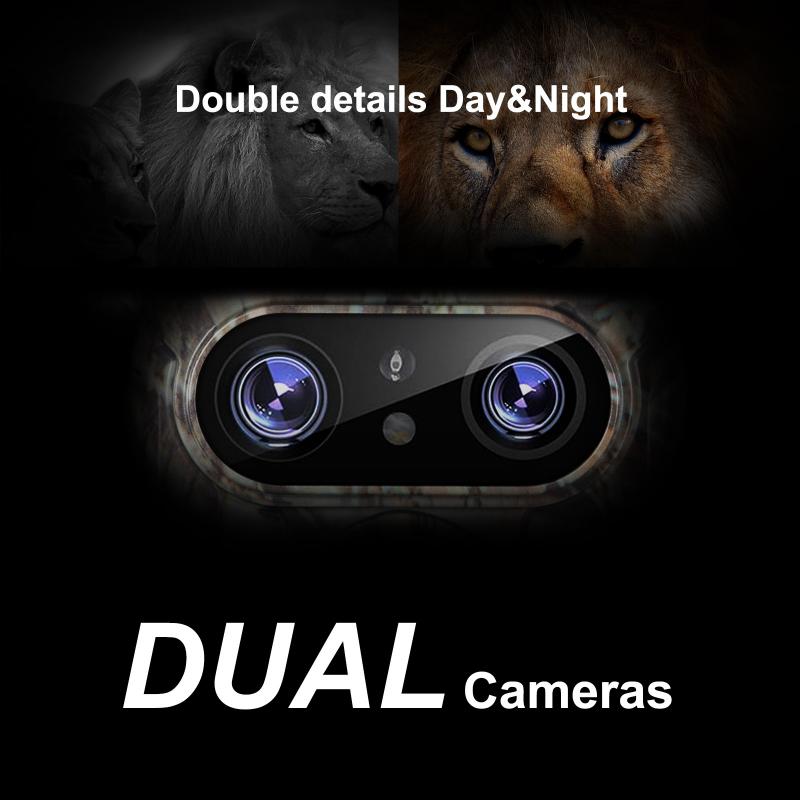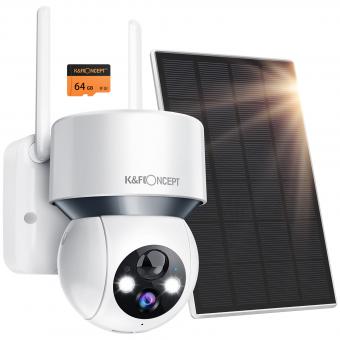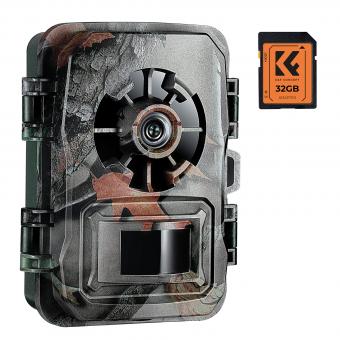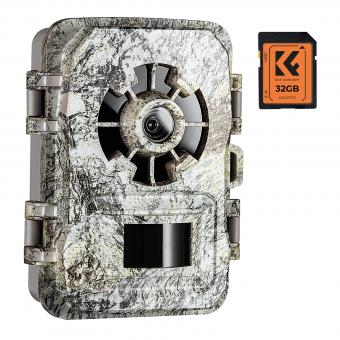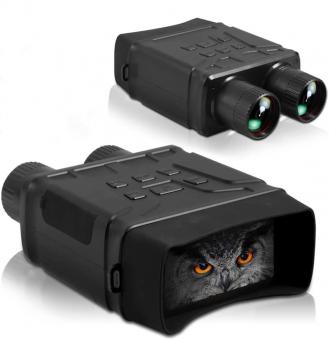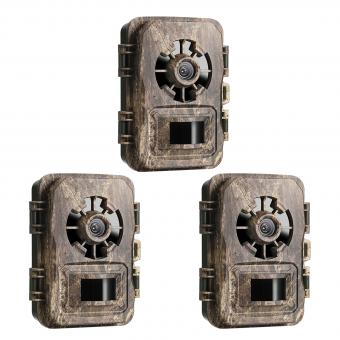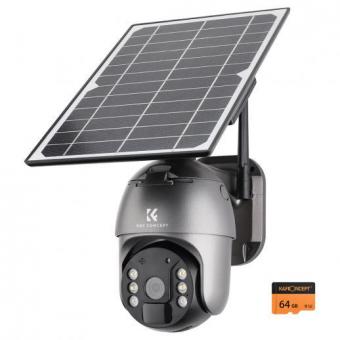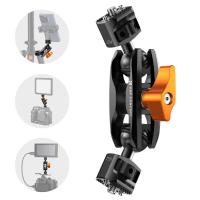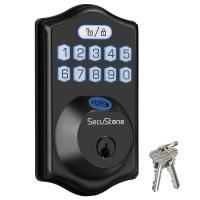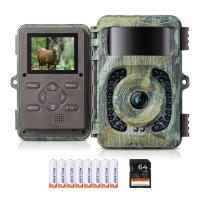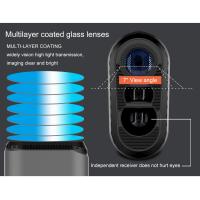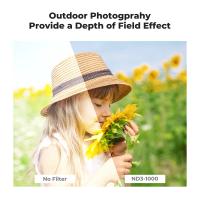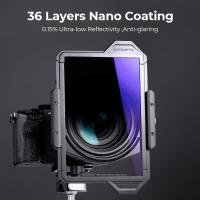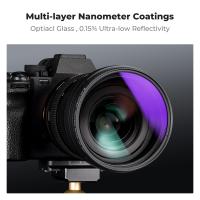How To Use Night Vision ?
To use night vision, first ensure that the device is properly charged or has fresh batteries. Adjust the focus and eyepiece settings to achieve a clear image. Activate the night vision mode, typically by flipping a switch or pressing a button. Depending on the type of night vision device, you may need to adjust the brightness or gain settings to optimize the image quality. Use the device in low-light or dark environments, allowing the night vision technology to amplify the available light and enhance visibility. Avoid shining bright lights directly into the night vision device, as this can cause temporary blindness or damage to the device.
1、 Understanding night vision technology and its capabilities
Understanding night vision technology and its capabilities is essential for effectively using night vision devices. Night vision technology allows individuals to see in low-light or dark environments by amplifying the available light or using thermal imaging. Here is a guide on how to use night vision:
1. Familiarize yourself with the device: Read the user manual and understand the different features and controls of your night vision device. This will help you navigate through the settings and optimize the device's performance.
2. Adjust the settings: Depending on the lighting conditions, adjust the brightness and contrast settings to achieve a clear image. Some devices also offer different color modes, such as black and white or green, which can enhance visibility.
3. Use proper eye protection: Night vision devices emit bright light, so it is crucial to use eye protection to prevent damage to your eyes. Some devices come with built-in eye protection, while others require separate goggles or glasses.
4. Be aware of limitations: Night vision technology has its limitations. It may struggle in complete darkness or in areas with no ambient light. Additionally, some devices have a limited range, so it is important to understand the device's capabilities and adjust your expectations accordingly.
5. Practice using the device: Night vision devices can take some time to get used to. Practice using the device in different lighting conditions to become familiar with its performance and to improve your ability to interpret the images.
The latest advancements in night vision technology have seen improvements in image quality, range, and battery life. Some devices now offer digital night vision, which provides clearer images and the ability to record or stream footage. Additionally, thermal imaging technology has become more accessible, allowing users to detect heat signatures and see in complete darkness. These advancements have expanded the applications of night vision technology, making it useful for various industries, including law enforcement, military operations, wildlife observation, and even recreational activities like hunting and camping.
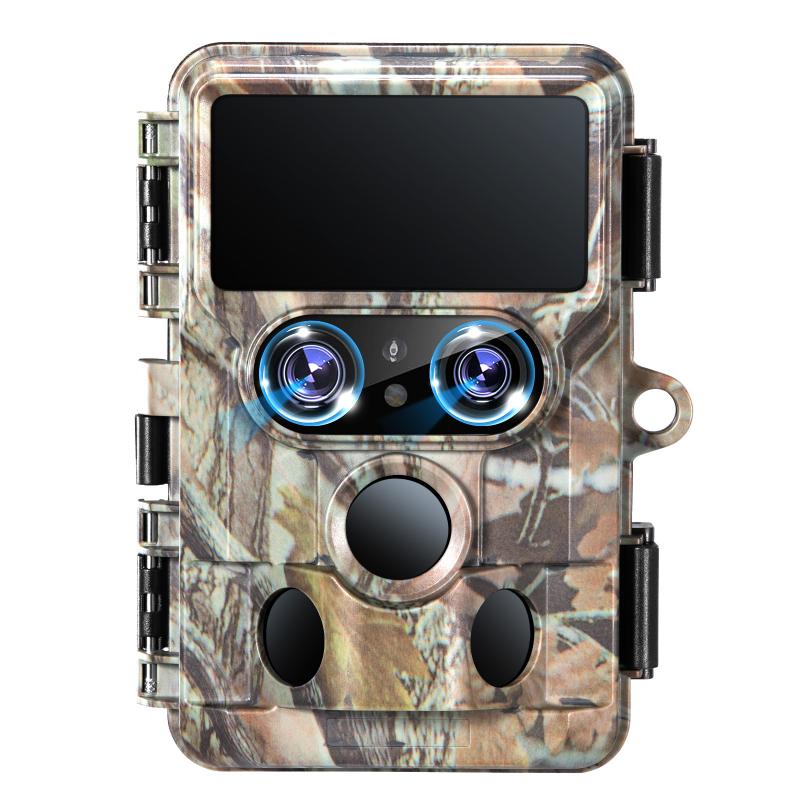
2、 Properly adjusting and calibrating night vision devices for optimal performance
Properly adjusting and calibrating night vision devices is crucial to ensure optimal performance and maximize the effectiveness of these devices in low-light conditions. Here is a step-by-step guide on how to use night vision:
1. Familiarize yourself with the device: Read the user manual thoroughly to understand the specific features and functions of your night vision device. Different models may have varying controls and settings.
2. Adjust the eyepiece: Start by adjusting the eyepiece to achieve a clear and comfortable view. Rotate the eyepiece until the image appears sharp and in focus.
3. Set the gain or brightness: Night vision devices often have a gain or brightness control. Adjust this setting according to the ambient light conditions. Increase the gain in extremely low-light situations, but be cautious as it may introduce more noise or distortion.
4. Calibrate the focus: Most night vision devices have a focus adjustment ring or knob. Calibrate the focus by turning this ring until the image becomes clear and sharp. Take your time to ensure the focus is accurate, as it greatly affects the quality of the image.
5. Use the IR illuminator: If your night vision device has an infrared (IR) illuminator, activate it when necessary. The IR illuminator emits infrared light, which is invisible to the naked eye but enhances the device's ability to capture images in complete darkness.
6. Practice proper technique: When using night vision, it is important to minimize movement and use steady hand-holding techniques. This helps prevent image blurring and ensures a clearer view.
7. Keep the lens clean: Night vision devices have sensitive lenses, so regularly clean them using a soft cloth or lens cleaning solution. Avoid using abrasive materials that could scratch the lens.
It is worth noting that technology in night vision devices is constantly evolving. The latest advancements include digital night vision, which offers improved image quality and the ability to record or stream footage. Always stay updated with the latest information and advancements in night vision technology to make the most of your device.
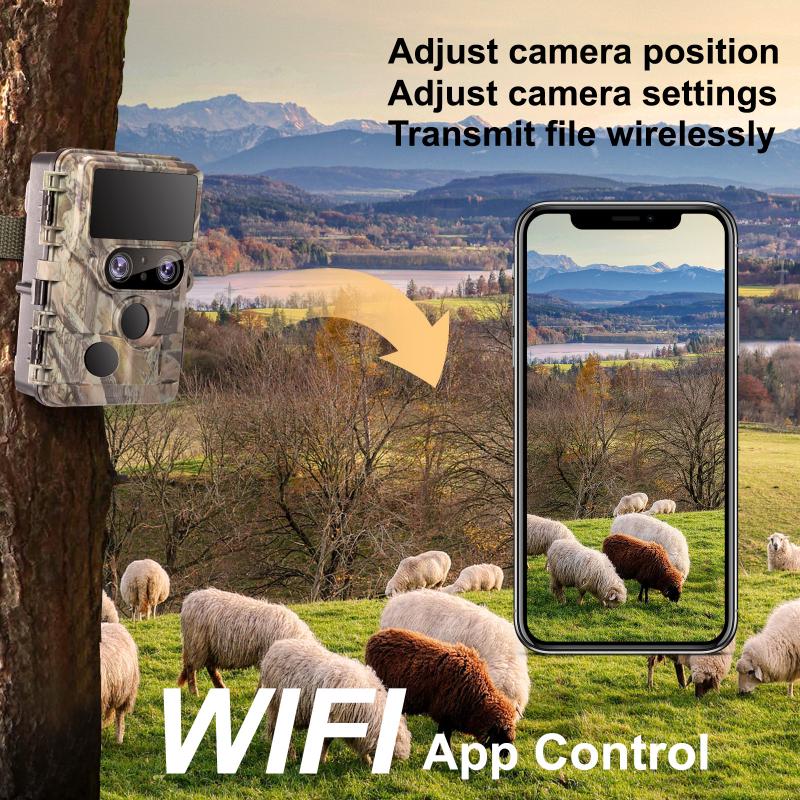
3、 Utilizing infrared illuminators to enhance night vision in complete darkness
Utilizing infrared illuminators to enhance night vision in complete darkness is a crucial aspect of effectively using night vision technology. Night vision devices, such as goggles or scopes, work by capturing and amplifying available light, including infrared light, to provide a clearer image in low-light conditions. However, in situations where there is no ambient light, infrared illuminators become essential.
To use night vision effectively in complete darkness, follow these steps:
1. Ensure your night vision device is equipped with an infrared illuminator. Most modern devices have built-in illuminators, but if not, attach an external one compatible with your device.
2. Activate the infrared illuminator. This can usually be done by flipping a switch or pressing a button on the device. The illuminator emits infrared light that is invisible to the naked eye but can be detected by the night vision device.
3. Adjust the intensity of the illuminator. Some devices allow you to adjust the power output of the illuminator. Start with a lower intensity and gradually increase it until you achieve the desired level of visibility without causing excessive glare or blooming.
4. Scan the area slowly. Night vision devices have a limited field of view, so it's important to scan the surroundings methodically. Move your head or device in a sweeping motion, pausing to focus on areas of interest.
5. Be aware of potential obstacles. Night vision devices can provide a clear image, but they may not always detect obstacles such as branches, holes, or uneven terrain. Exercise caution and use additional light sources when necessary.
The latest advancements in night vision technology have led to improved image quality, longer battery life, and enhanced durability. Some devices now offer digital night vision, which combines traditional image intensification with digital processing to provide even clearer images in low-light conditions.
In conclusion, utilizing infrared illuminators is essential for enhancing night vision in complete darkness. By following the steps outlined above and staying informed about the latest advancements in night vision technology, users can maximize their ability to see clearly in low-light environments.
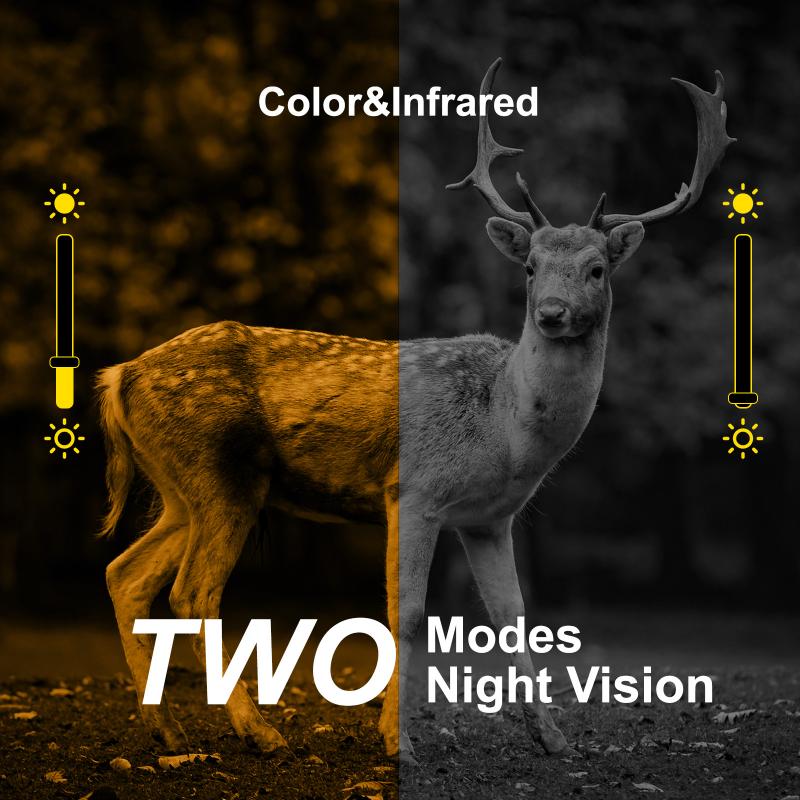
4、 Employing proper techniques for scanning and observing with night vision
Employing proper techniques for scanning and observing with night vision is essential to maximize its effectiveness. Night vision technology allows individuals to see in low-light or no-light conditions by amplifying available light. Here are some steps on how to use night vision effectively:
1. Familiarize yourself with the equipment: Before using night vision, read the user manual to understand its features and controls. Different models may have varying settings and adjustments.
2. Adjust the settings: Night vision devices often have adjustable settings for brightness, contrast, and focus. Experiment with these settings to achieve optimal visibility for your surroundings.
3. Use proper eye protection: Night vision devices emit bright light that can be harmful to the naked eye. Always wear the appropriate eye protection, such as goggles or glasses, specifically designed for night vision use.
4. Employ proper scanning techniques: When scanning an area, move your eyes slowly and methodically. Focus on one area at a time, scanning from left to right or vice versa. This technique helps detect any movement or anomalies in the environment.
5. Utilize ambient light sources: Night vision devices work best in areas with some ambient light. Utilize natural or artificial light sources, such as the moon, stars, or streetlights, to enhance visibility.
6. Avoid bright lights: Direct exposure to bright lights can temporarily impair night vision. Avoid shining flashlights or other bright sources directly into the night vision device or your eyes.
7. Practice depth perception: Night vision can sometimes distort depth perception. To overcome this, familiarize yourself with the device's depth perception capabilities by practicing in various environments.
It is important to note that night vision technology is constantly evolving. The latest advancements include the use of thermal imaging, which detects heat signatures rather than relying solely on available light. These devices can provide enhanced visibility in complete darkness and are particularly useful for surveillance, search and rescue operations, and military applications.
In conclusion, employing proper techniques for scanning and observing with night vision involves familiarizing yourself with the equipment, adjusting settings, using eye protection, employing proper scanning techniques, utilizing ambient light sources, avoiding bright lights, and practicing depth perception. Staying updated with the latest advancements in night vision technology can further enhance your experience and effectiveness in low-light conditions.
